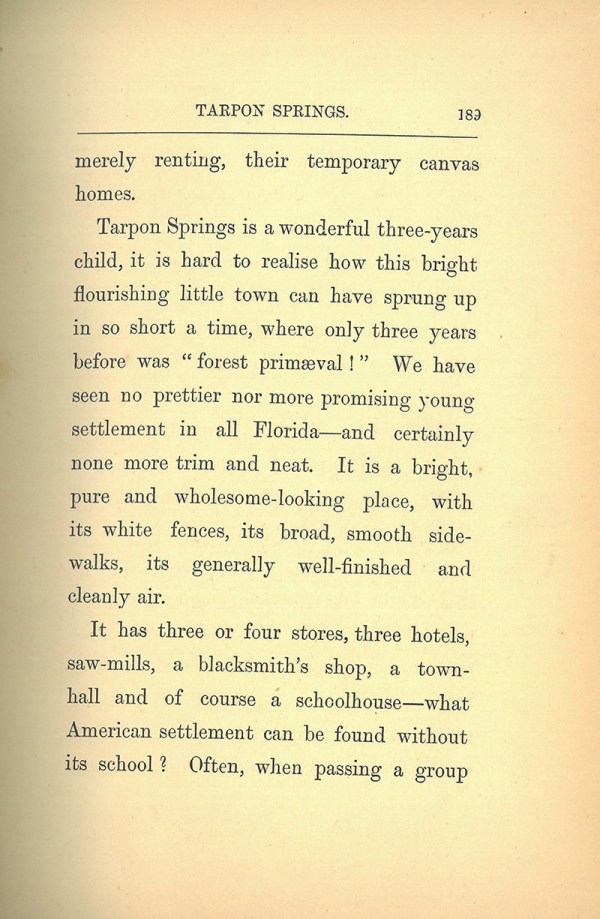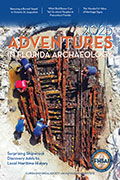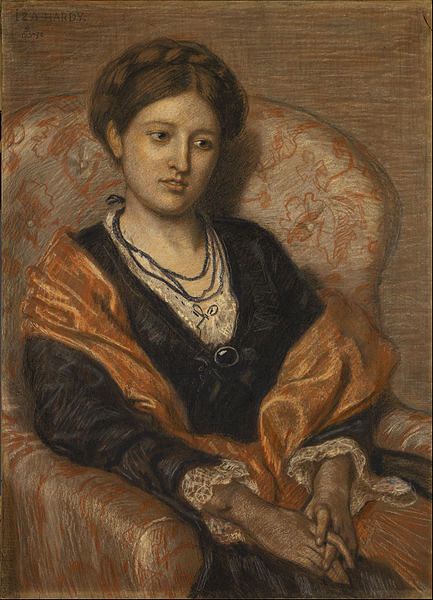
Iza Duffus (rhymes with Puff-us) Hardy (1850-1922)is best known for her dozen or so solidly Victorian novels, where hard work, love, perseverance, love, luck, love and morality win out in the end. In other words, they were romances.
However, one of her nonfiction travelogues “Oranges and Alligators”, found in the collection of the Library of Florida History, proves she was a keen observer and the kind of honest broker you want on your side if you are planning a vacation, or perhaps a relocation to a place as wild and unknown as post Civil War Florida.
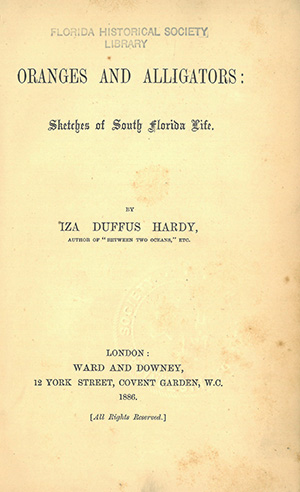
Given the tone of the publications produced by the state of Florida and by the land owners and developers desperately trying to draw more settlers to the state (“it is a garden of Eden with blooms all year round”) a clear eyed and nuanced report is most welcome. She set her tone on the first page:
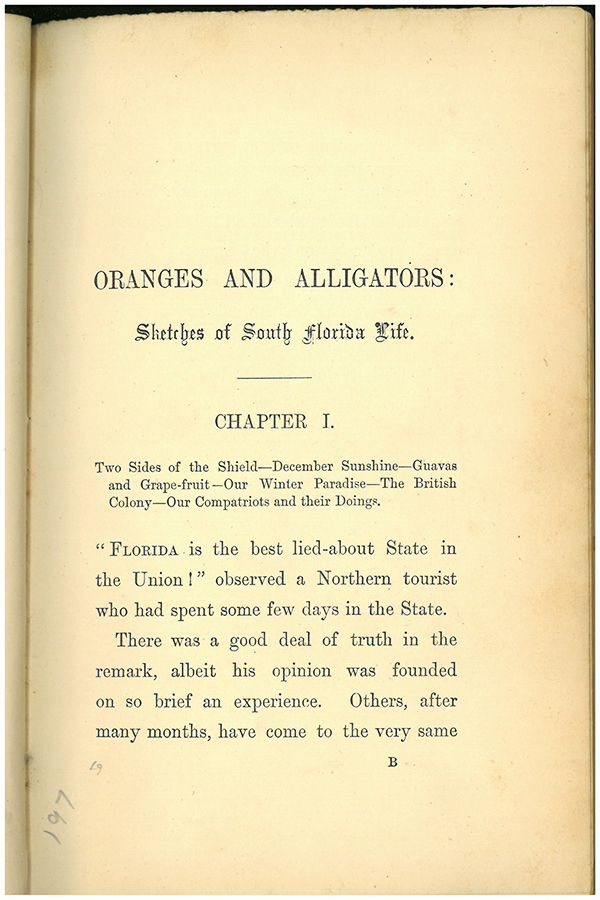
“Florida is the best lied-about State in the Union!” Is that a lead sentence or what? And it goes on:
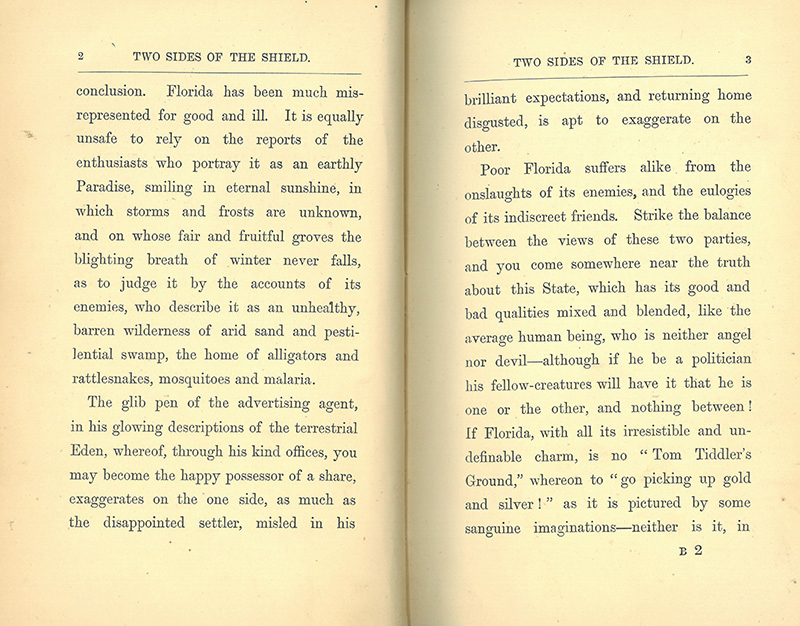
Calling out the marketing specialists and flat-out con artists preying on the ill informed and the hopeful who wanted to make their fortune in the new world, most of the messaging was aimed at northerners and mid-westerners who wanted to parley their agricultural roots into a successful citrus grove. However, plenty of Europeans with money to invest, but limited prospects in their homeland, were lured to the sunshine too, including many from her native England. Iza may have known some.
She was born in Enfield, England to Sir Thomas Duffus Hardy, a civil servant, and Mary MacDowell (Lady Duffus Hardy), who was, in fact, an established novelist in her own right. It is no accident that Iza published her first novel at age 15.
Her socio-economic status enabled her to travel, first across the United States, then, in the winter of 1882-3 through the South, to Florida. She describes the trip by ship from New York to Fernandina in North East Florida, then by rail to Jacksonville and steamer and rail and carriage to Maitland and Orlando. One side trip took her to the Indian River Lagoon system in East Central Florida, and another to the Gulf Coast.
The tone of the section on their arrival in Tampa is a splendid example of the impression travel in the semi frontier made on the typical sophisticated European.
A recounting of their arrival in Tarpon Springs captures a feeling familiar to Floridians today when revisiting, after a few years or even months, a section of our fast growing state.
Not everything this white upper class woman writes is an easy read. As might be expected, folks in her cohort took a paternalistic view of the ‘yeoman’ farmers she termed ‘poor white crackers.’ She talks of the African-Americans, many of whom had been born in slavery, as settling for poor living conditions and of being ‘lazy workers’ who dragged down the economy. She boasted of how the industrious immigrants would be coming in to save them.
If you can read between the lines and put aside the attitude, this is a good source of information from an outside observer of what the state was like then.


